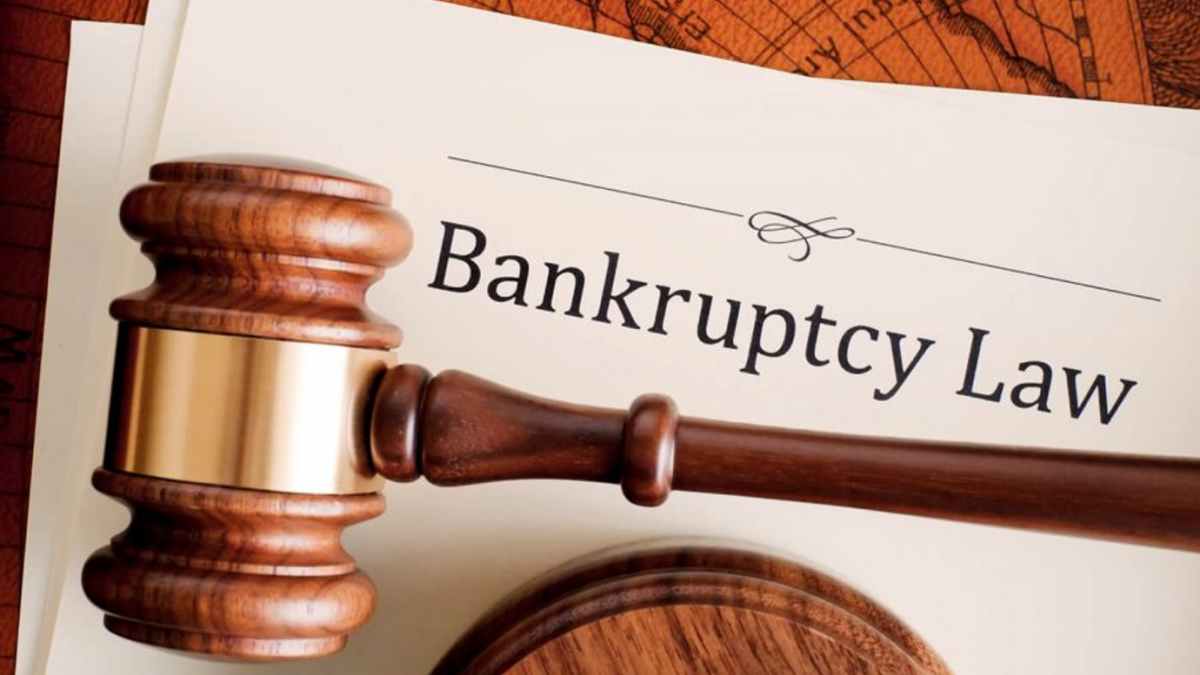
Table of Contents
Introduction
Dealing with financial problems can be a stressful experience. However, if you have reached the point where you are considering bankruptcy, then it is essential to understand the differences between Chapter 7 and Chapter 13 bankruptcy. Both are intended to help people overcome debt, but they have different rules and requirements. This article will look at Chapter 7 and Chapter 13 bankruptcy to help you understand which option might be best for you.
Chapter 7 Bankruptcy
Chapter 7 bankruptcy, also referred to as a “liquidation bankruptcy,” is a process that allows individuals to eliminate their unsecured debt by selling some of their assets to pay off creditors. This type of bankruptcy is typically used by people with limited income and assets who cannot pay off their debts. When you file for Chapter 7 bankruptcy, a trustee must liquidate your non-exempt investments and use the proceeds to pay off your creditors. The remaining debt is then discharged, meaning you are no longer responsible for paying it.
Chapter 13 Bankruptcy
Chapter 13 bankruptcy, on the other hand, is a process that allows individuals to reorganize their debt and create a repayment plan over a period of three to five years. This type of bankruptcy is typically used by people with a steady income who want to own their acquisitions and repay their debts with time. When you file for Chapter 13 bankruptcy, you must create a repayment plan based on your income and expenses. You will pay monthly to a trustee who will distribute the funds to your creditors. After the repayment plan is complete, any remaining unsecured debt will be discharged.
Differences Between Chapter 7 and Chapter 13
● Impact on Assets
One of the main differences between Chapter 7 and Chapter 13 bankruptcy is the impact on your assets. In Chapter 7 bankruptcy, some of your assets may be sold to pay off your creditors. However, each state has exemptions protecting certain property types, such as your primary residence, vehicle, and personal property. If your assets are worth more than the exemptions available, they may be sold to pay off your creditors. In Chapter 13 bankruptcy, you get to keep your assets, but you must make regular payments to a trustee to repay your debts over time.
● Income Requirement
Another key difference between Chapter 7 and Chapter 13 bankruptcy is the income requirement. To qualify for Chapter 7 bankruptcy, you must pass the means test, which compares your income to the median income in your state. If your income is less than the median, you can opt for Chapter 7 bankruptcy. You might still be eligible for Chapter 7 bankruptcy if your income exceeds the median. However, considering your expenses and debt, you must pass a more complex test. In Chapter 13 bankruptcy, there is no income requirement. However, you must have a steady income to make the monthly payments required under the repayment plan.
● Duration Process
The duration of the bankruptcy process is also different between Chapter 7 and Chapter 13 bankruptcy. Chapter 7 bankruptcy typically takes about four to six months from start to finish. In contrast, Chapter 13 bankruptcy can take three to five years. While Chapter 7 bankruptcy is quicker, it may significantly impact your credit score more than Chapter 13 bankruptcy. A Chapter 7 bankruptcy will stay on your credit report for ten years, while a Chapter 13 bankruptcy will stay on your credit report for seven years.
Conclusion
If you’re struggling with debt and considering bankruptcy, it’s essential to understand the differences between Chapter 7 and Chapter 13. While both offer relief from debt, they have different eligibility requirements and outcomes. With this knowledge, you can decide which option suits your financial situation.